Contemporary Australian gardens are evolving — blending native biodiversity with bold structure, soft textures, and clean lines. The result? A modern native garden that’s both architectural and ecological. Below are five of the best native trees that thrive in these designs — selected for their form, foliage, flowers, and low-maintenance nature.
Eucalyptus caesia ‘Silver Princess’
A compact feature tree with silvery-blue foliage, twisted white branches, and showy pink-red flowers. Known for its sculptural form and ability to stand alone in a space.
-
Height/Spread: 5–8 m tall, 3–4 m wide
-
Form: Weeping, irregular branching
-
Foliage: Silvery-blue
-
Flowers: Pink-red, late winter to spring
-
Conditions: Full sun, well-drained soil, drought-tolerant
Why it works in modern gardens:
It provides high visual contrast in low-footprint spaces. Ideal where vertical presence is needed without blocking sightlines. Less dense than Water Gum, more visually distinctive than Kurrajong.
Corymbia maculata (Spotted Gum)
A tall, upright Australian native with smooth, mottled bark and a narrow crown. Commonly used for structure in large-scale plantings.
-
Height/Spread: 15–20 m (can be reduced to 10 m), narrow spread
-
Form: Upright, columnar
-
Foliage: Dark green, lance-shaped
-
Flowers: Cream-white clusters in summer
-
Conditions: Full sun, adaptable soils, drought-tolerant
Why it works in modern gardens:
It adds height and bark texture in large gardens and avenue plantings. Narrow canopy makes it a better option than Kurrajong where lateral space is limited. Outperforms most natives for vertical structure.
Agonis flexuosa ‘Burgundy’
A mid-sized tree with a rounded, weeping habit and burgundy-toned new growth. Suitable for sites needing soft texture and foliage colour contrast.
-
Height/Spread: 6–8 m tall, 3–5 m wide
-
Form: Weeping, rounded
-
Foliage: Burgundy to deep green
-
Flowers: Small white flowers, spring to summer
-
Conditions: Full sun to part shade, coastal tolerant, low water requirement
Why it works in modern gardens:
It introduces foliage colour contrast that most natives don’t provide. Less sculptural than Silver Princess but offers more movement and softness. Fits between Water Gum and Kurrajong for size and texture.
Brachychiton populneus (Kurrajong)
A drought-tolerant, broad-canopy tree with a thick trunk and semi-glossy foliage. Used widely in rural and dry-climate gardens for its hardiness.
-
Height/Spread: 6–12 m tall, 5–8 m wide
-
Form: Dense, rounded canopy
-
Foliage: Glossy green, lobed to entire
-
Flowers: Cream to pink bell-shaped flowers in spring
-
Conditions: Full sun, dry soils, very low maintenance
Why it works in modern gardens:
Performs in low-rainfall or poor-soil environments where others won’t. Strong shade coverage with minimal inputs. Less ornamental than Silver Princess or Agonis but better suited to tough conditions.
Tristaniopsis laurina 'Luscious' (Water Gum)
A small to mid-sized tree with neat, compact growth and year-round foliage interest. Commonly used in streetscapes and small residential gardens.
-
Height/Spread: 7–12 m tall, 3–5 m wide
-
Form: Rounded, upright
-
Foliage: Glossy green with red new growth
-
Flowers: Yellow, lightly fragrant, late spring to summer
-
Conditions: Sun to part shade, wet or dry soils
Why it works in modern gardens:
Provides a symmetrical form with minimal pruning. Outperforms exotic options like Magnolia in native designs due to its resilience and evergreen structure. More refined and compact than Kurrajong.
Comparison Summary
| Tree | Size Range | Best Use | Key Strength |
|---|---|---|---|
| Silver Princess | 5–8 m | Feature tree in open space | Sculptural shape, compact footprint |
| Spotted Gum | 15–20 m | Rows, property borders | Height without spread |
| Agonis ‘Burgundy’ | 6–8 m | Colour contrast in open beds | Foliage tone and movement |
| Kurrajong | 6–12 m | Dry gardens, large blocks | Drought resistance, deep shade |
| Water Gum | 7–12 m | Urban planting, small yards | Compact size, low-maintenance form |


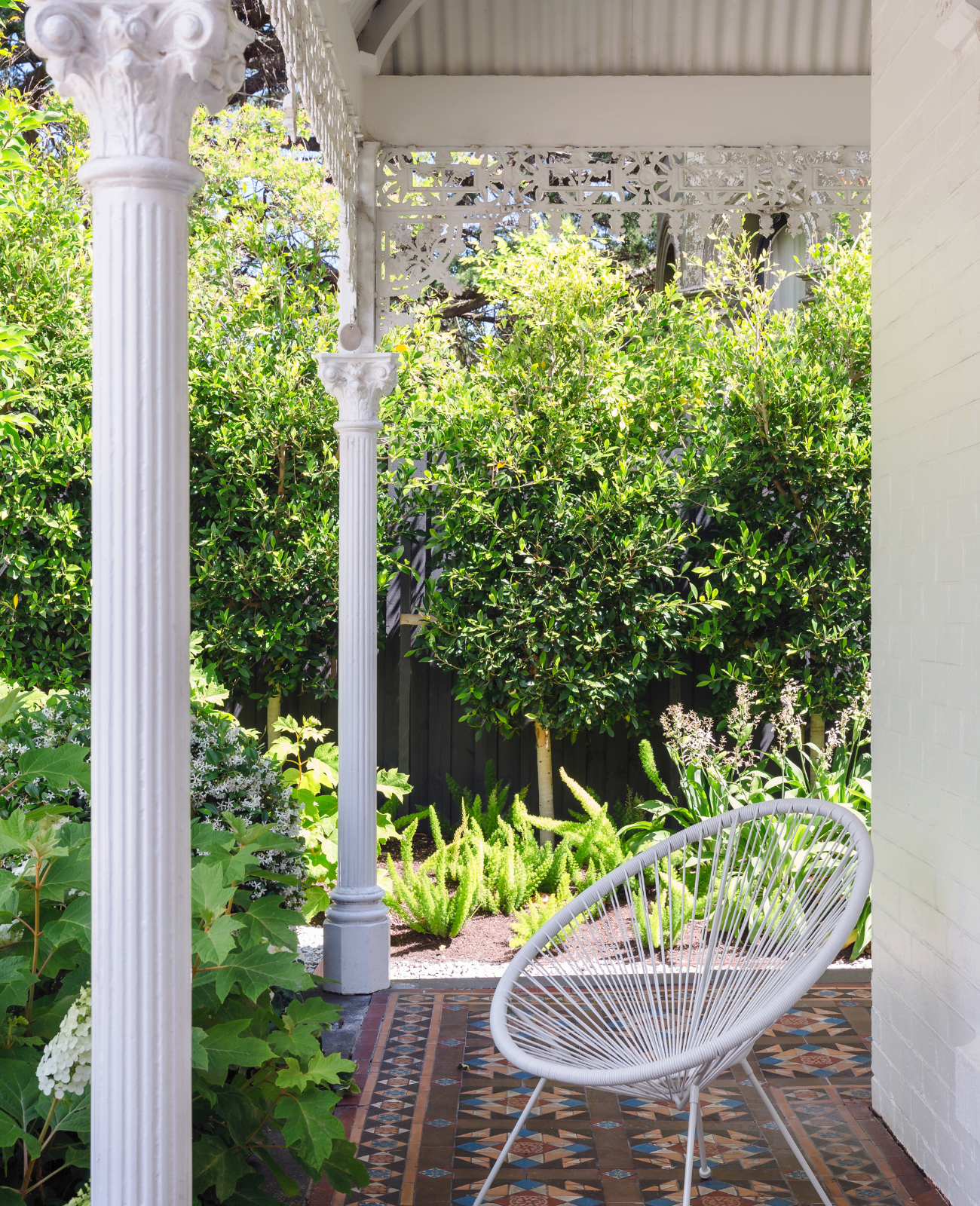
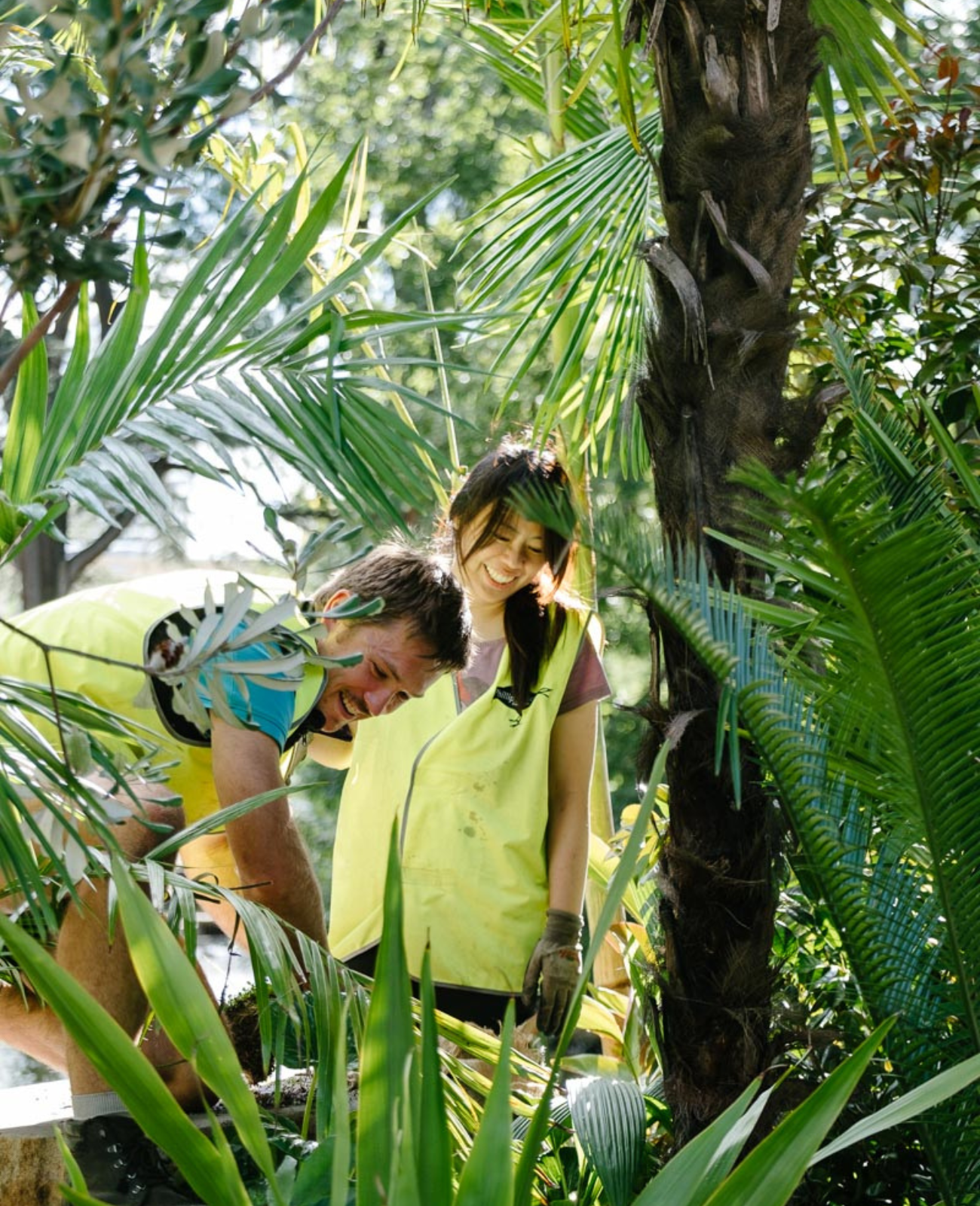
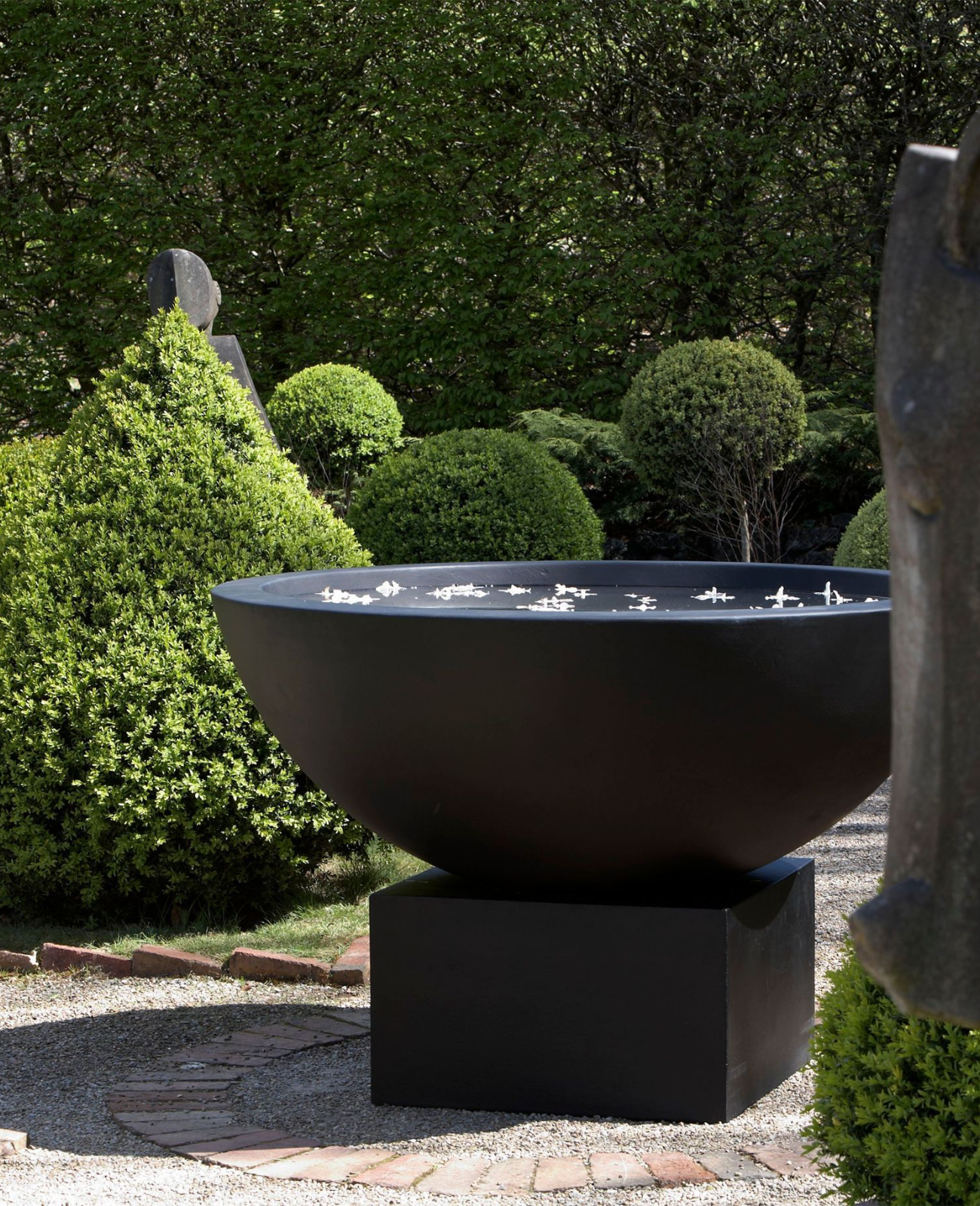
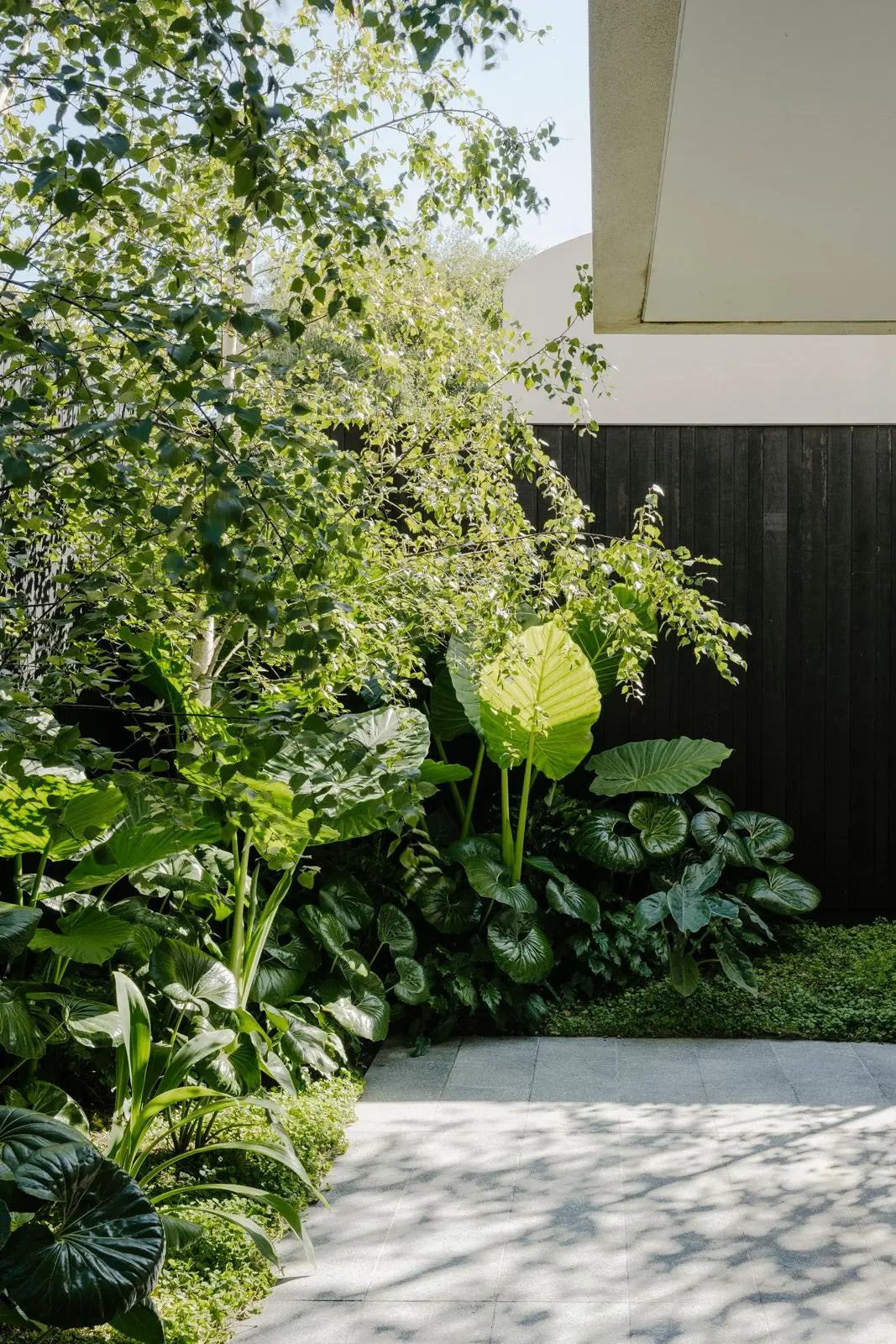
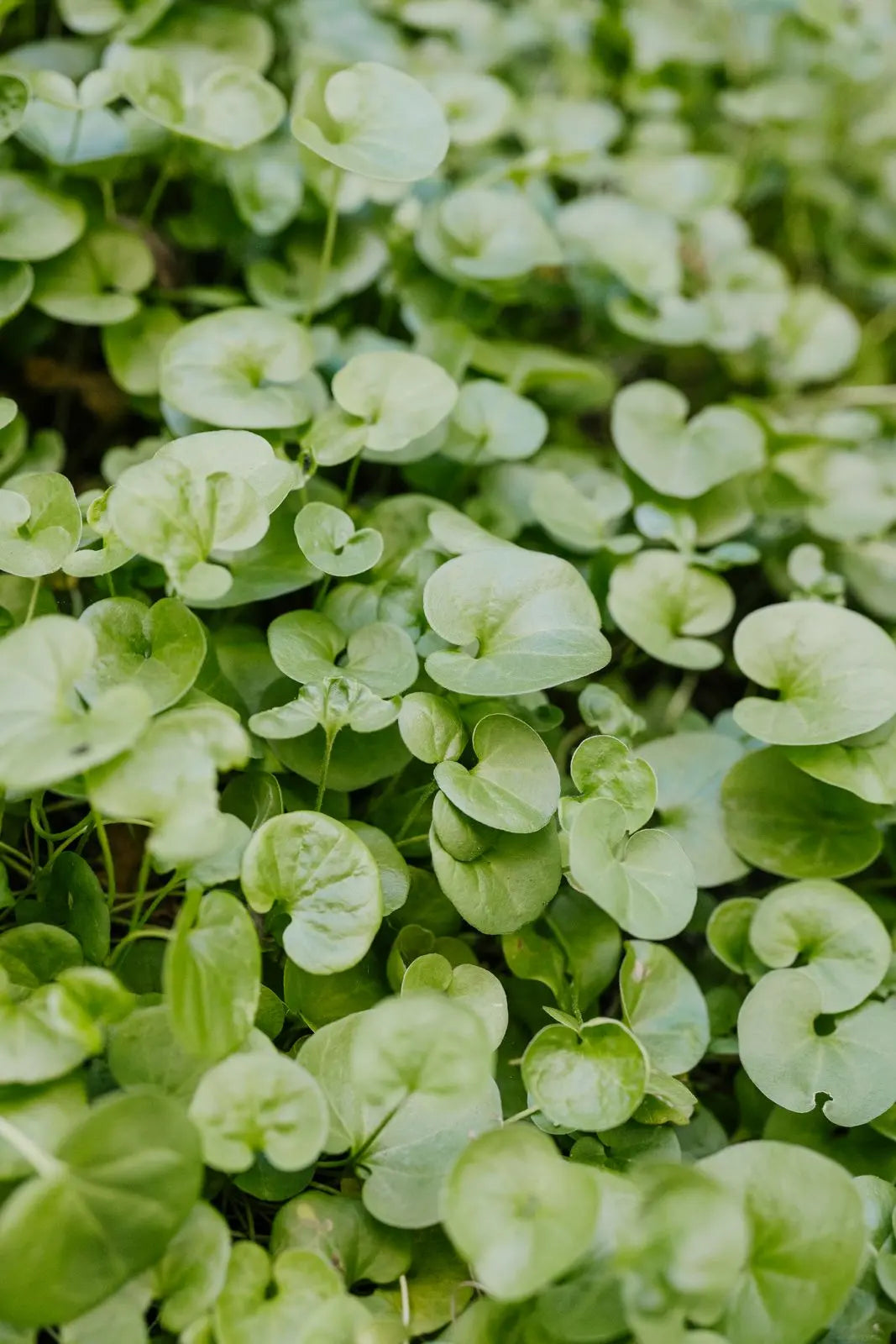
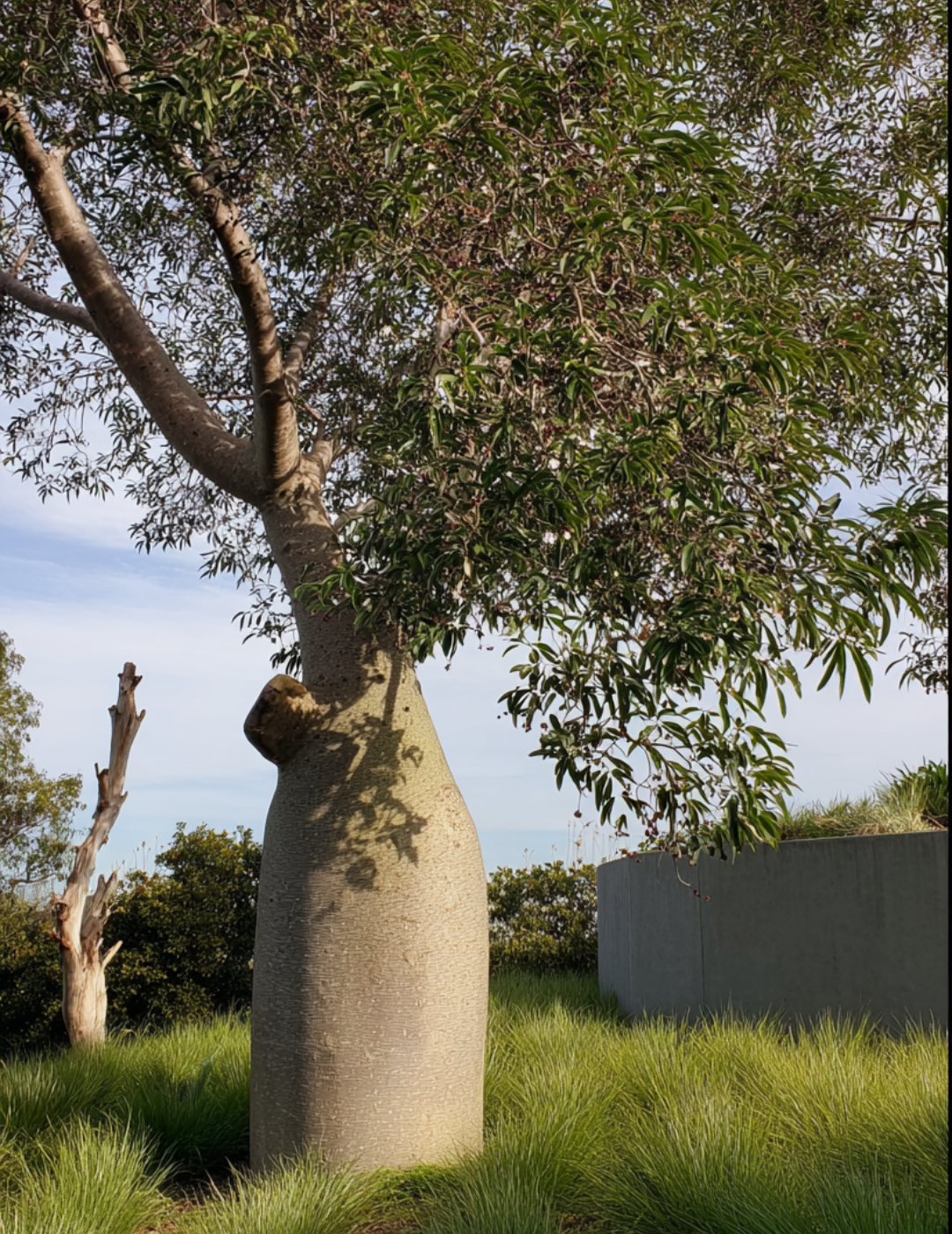
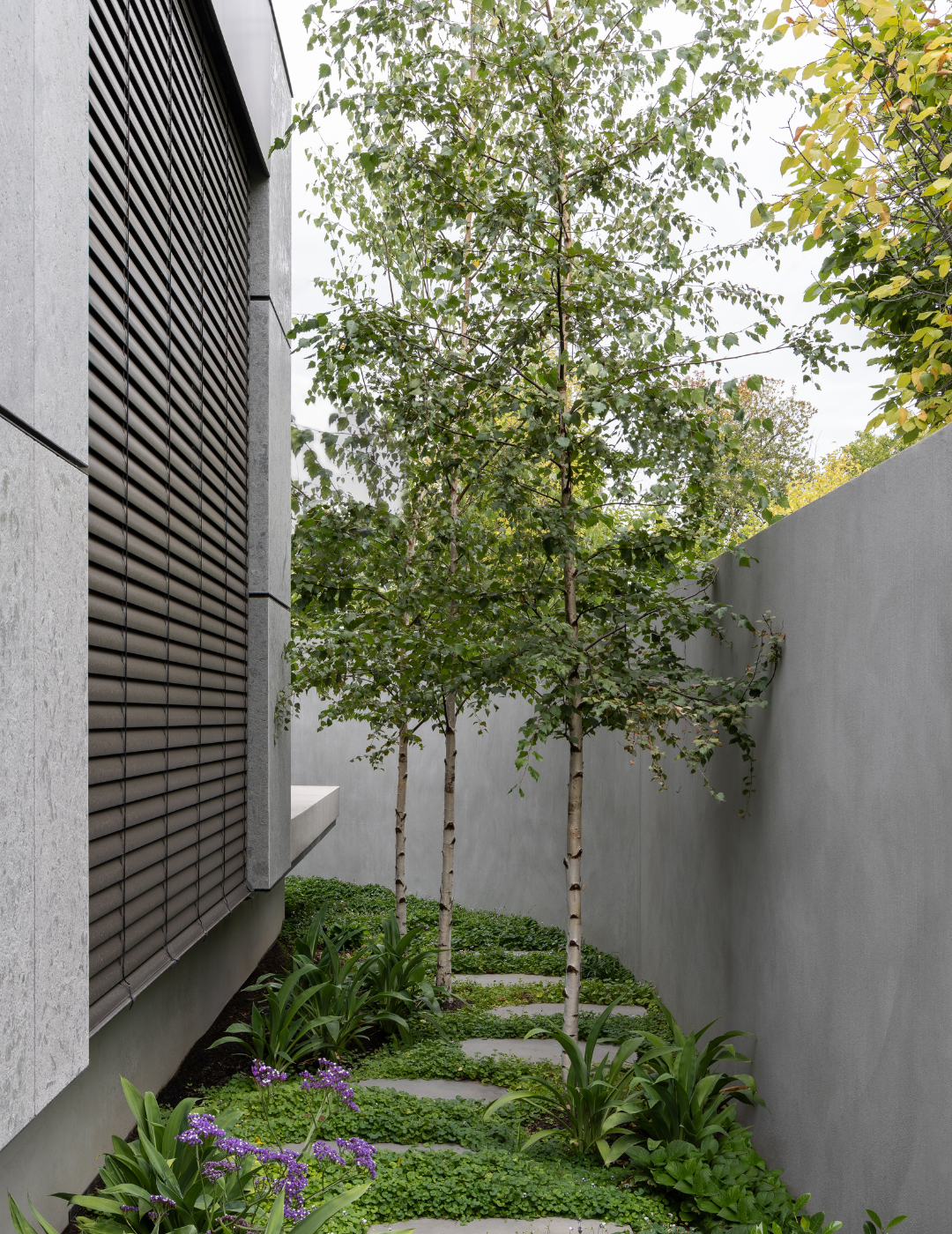

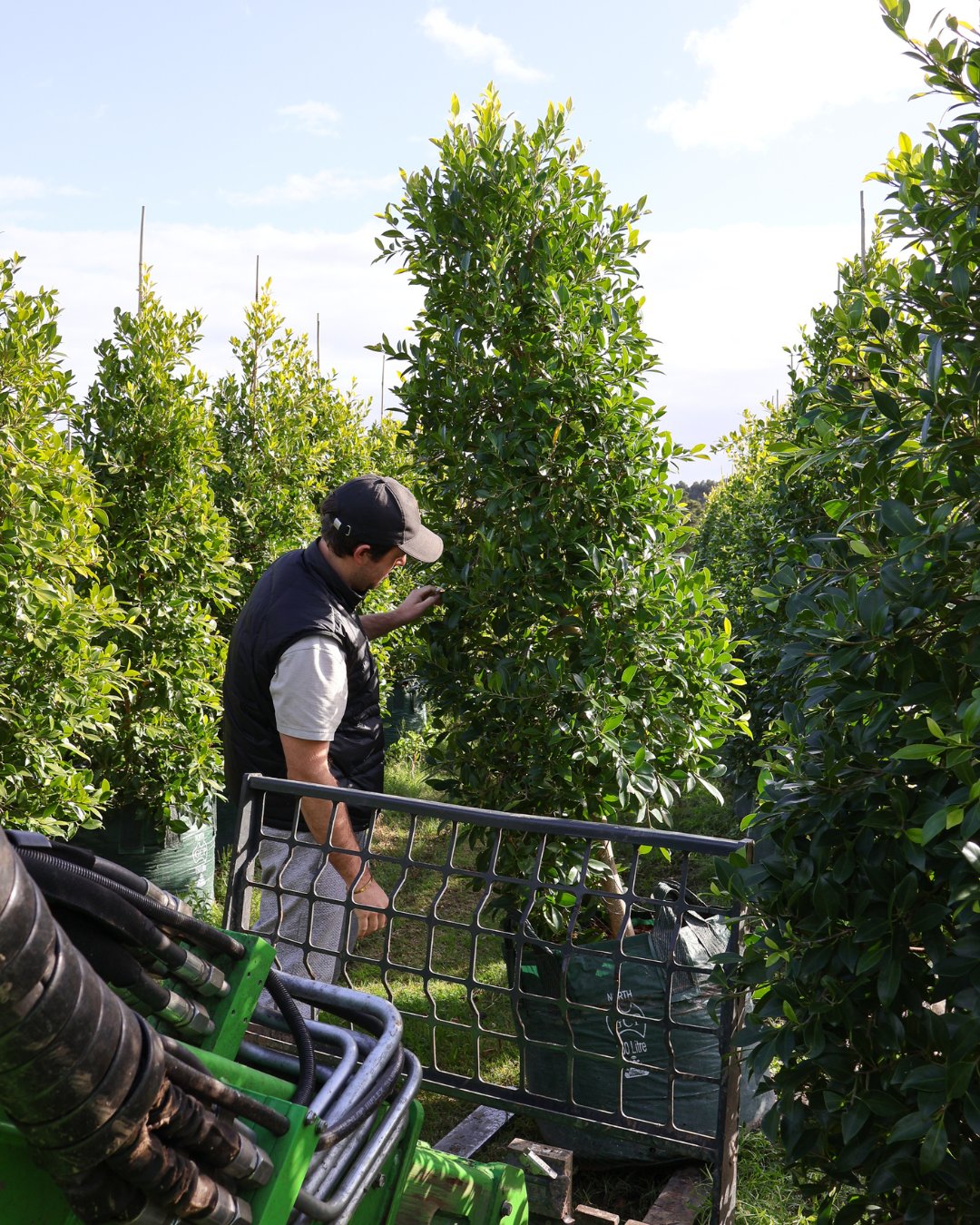
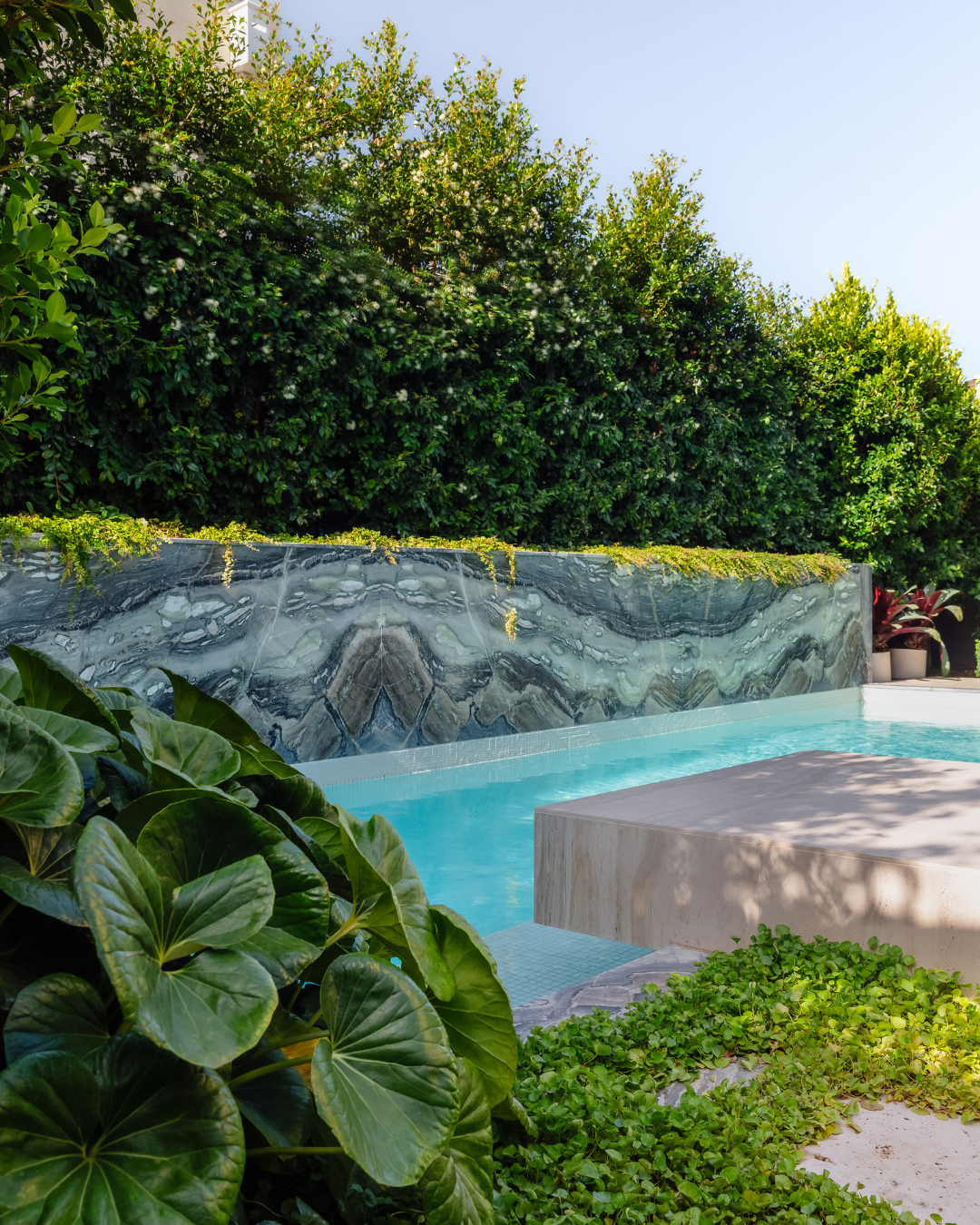

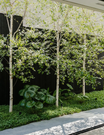
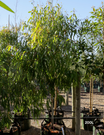
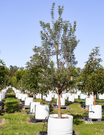
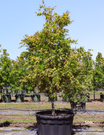
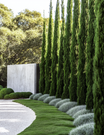
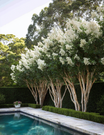
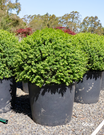
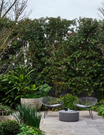
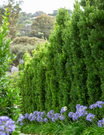
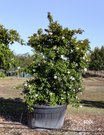
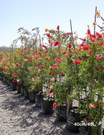
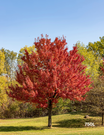
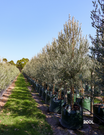
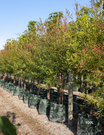
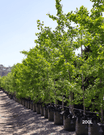
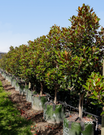

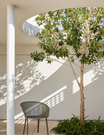
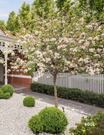
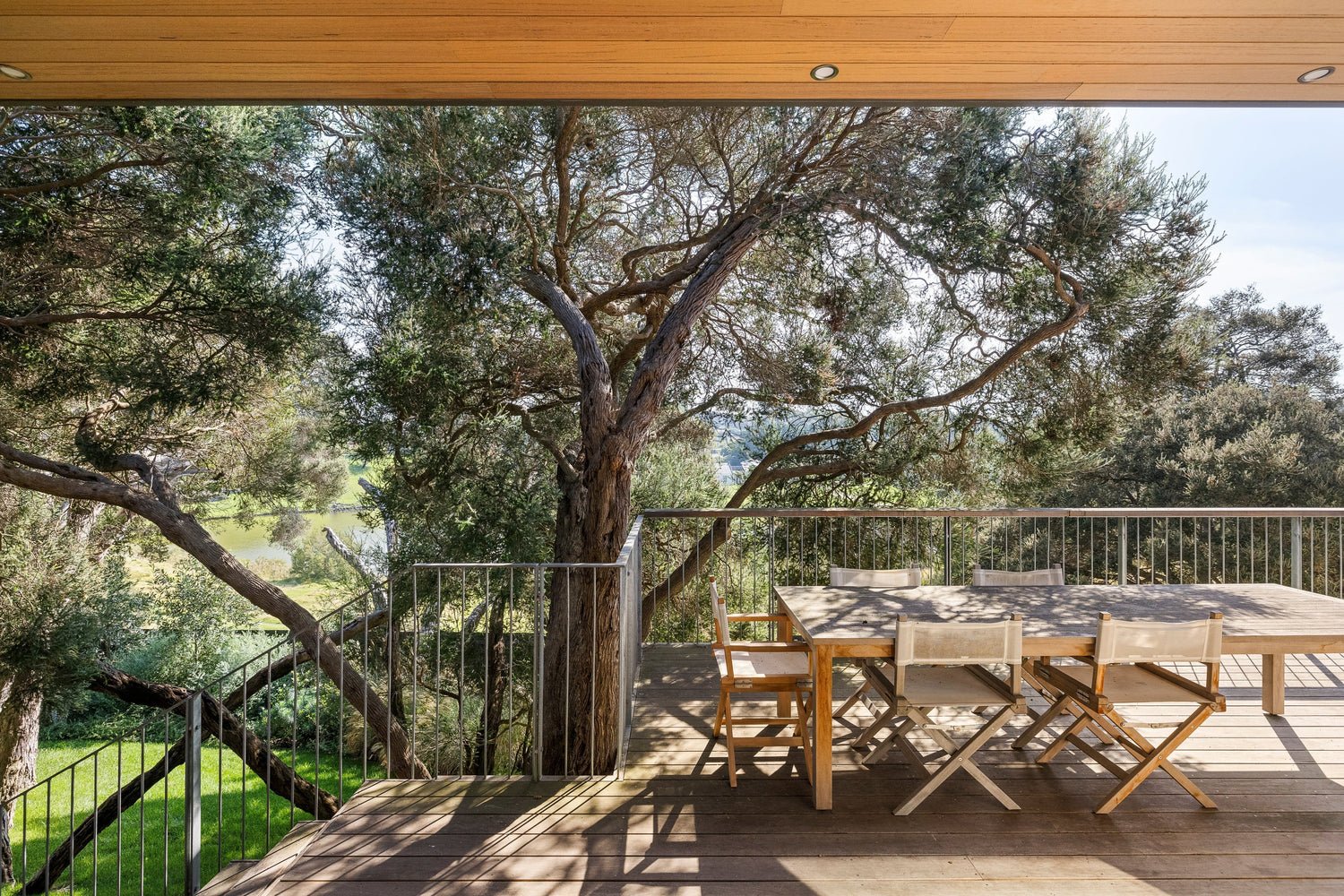





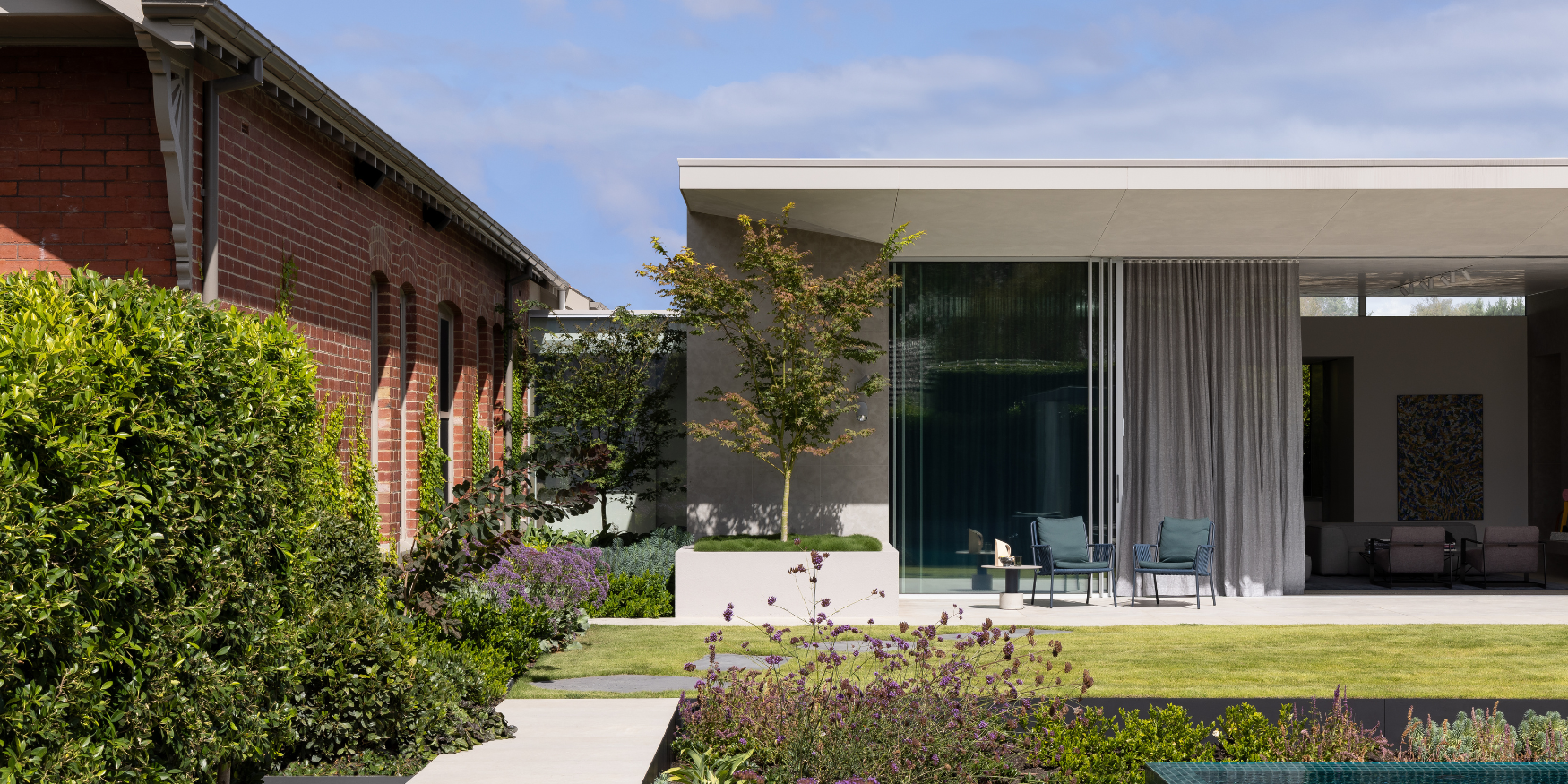
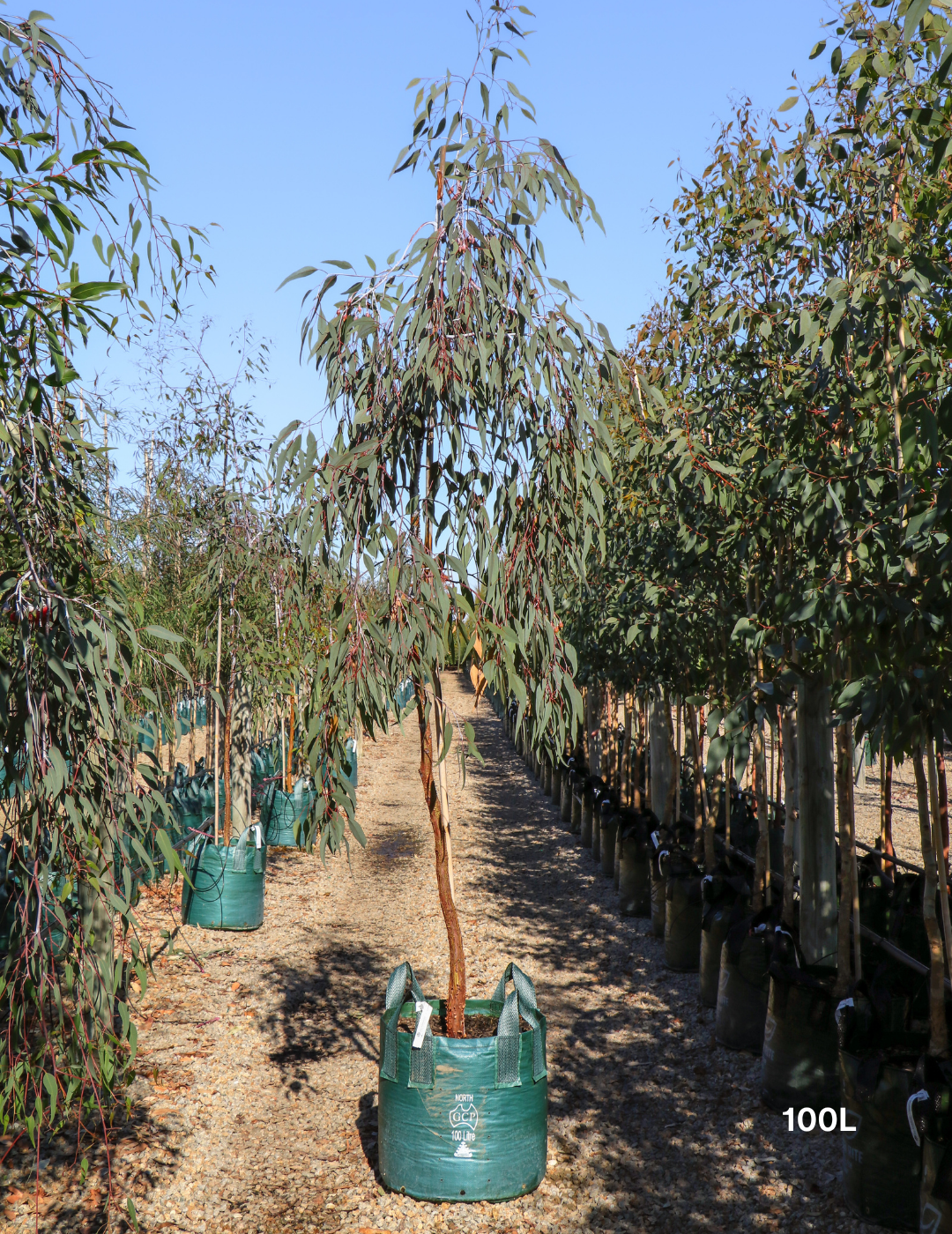
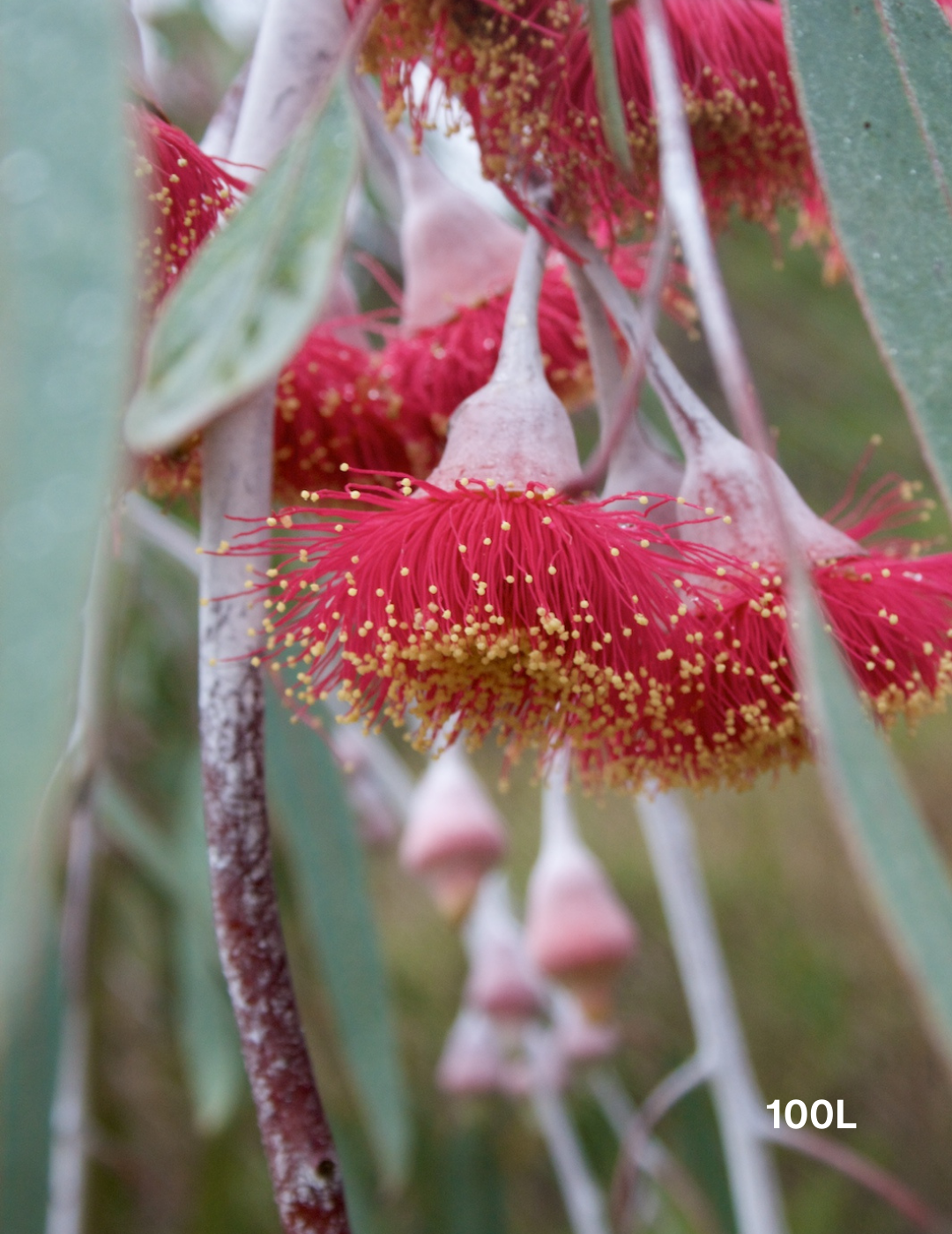
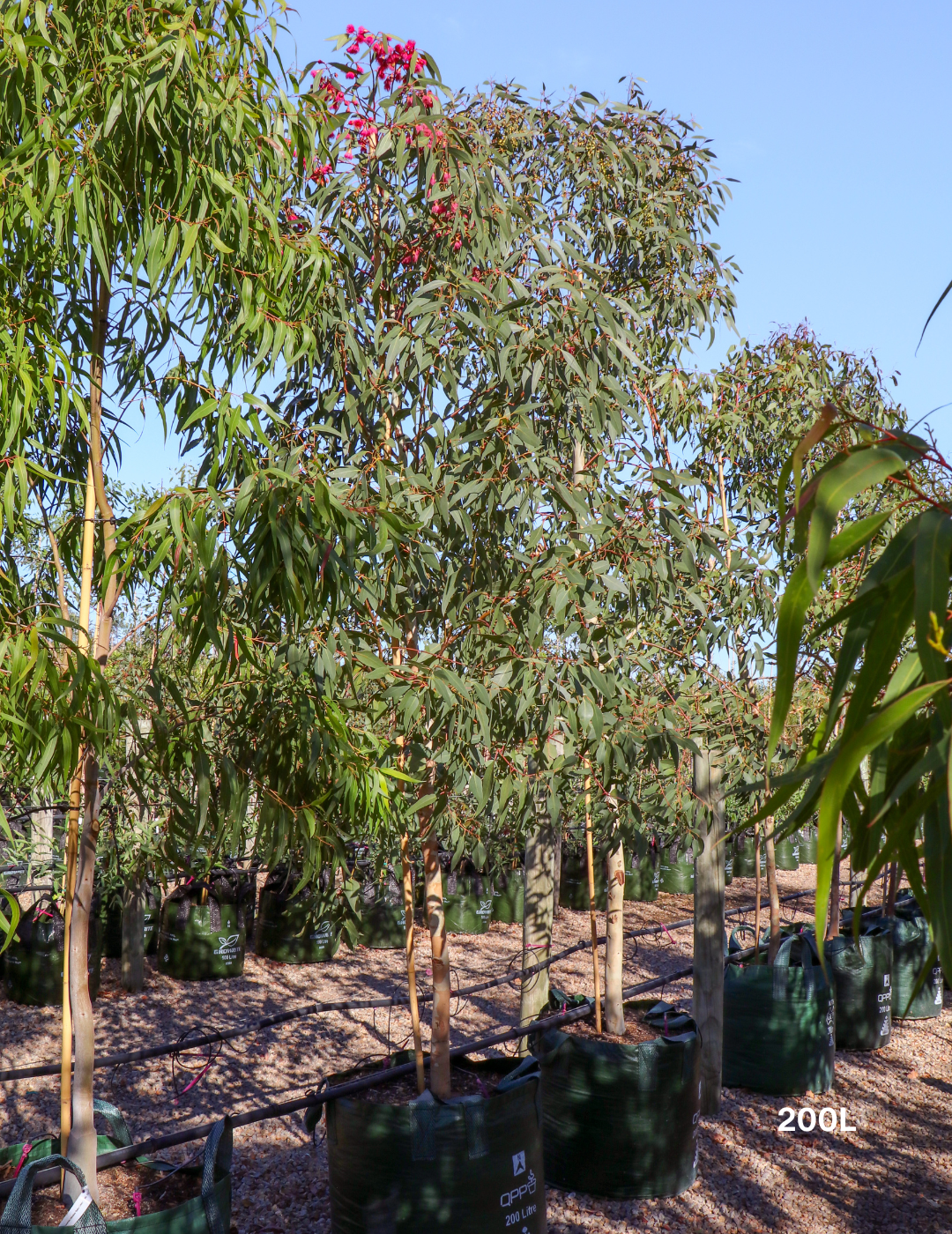
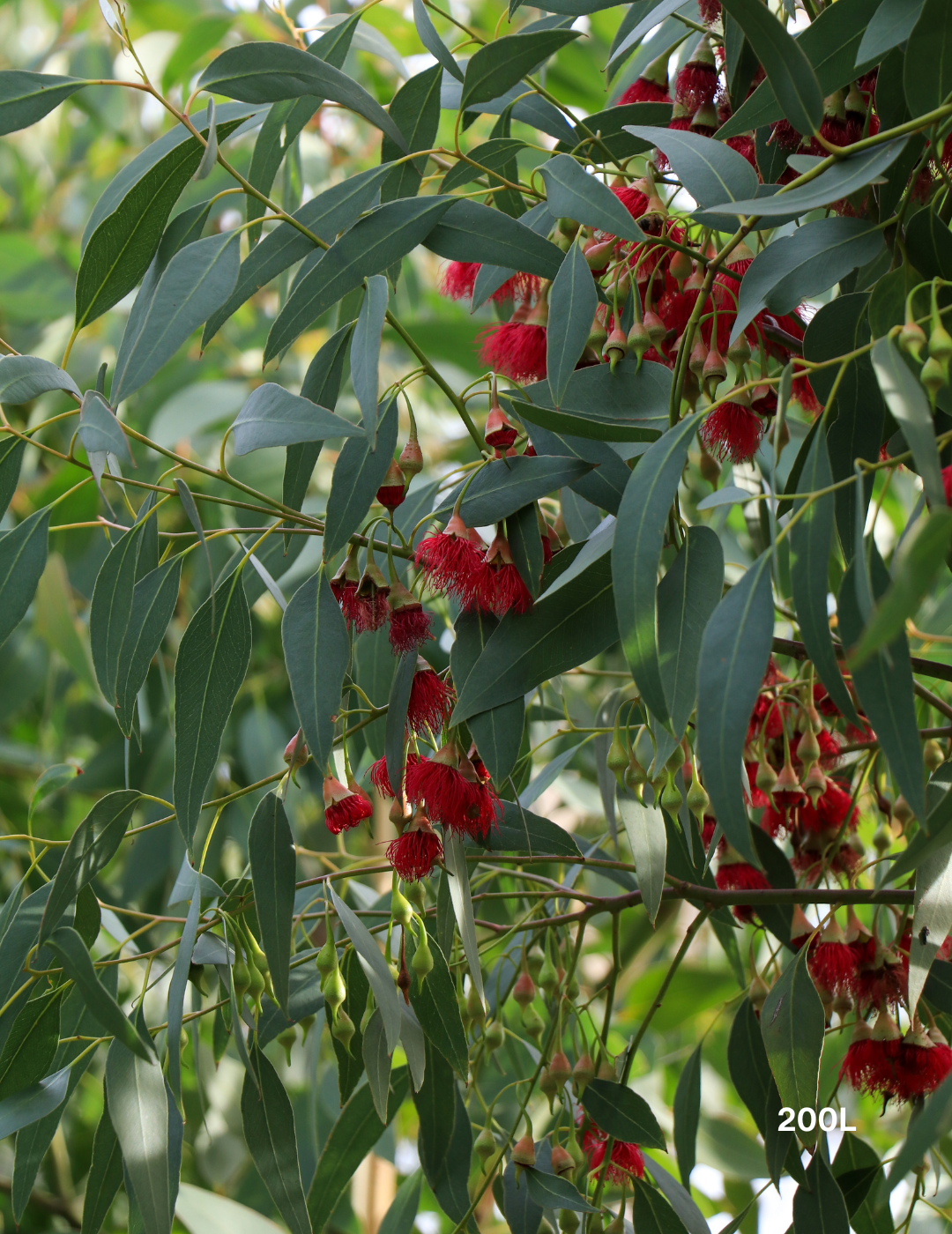
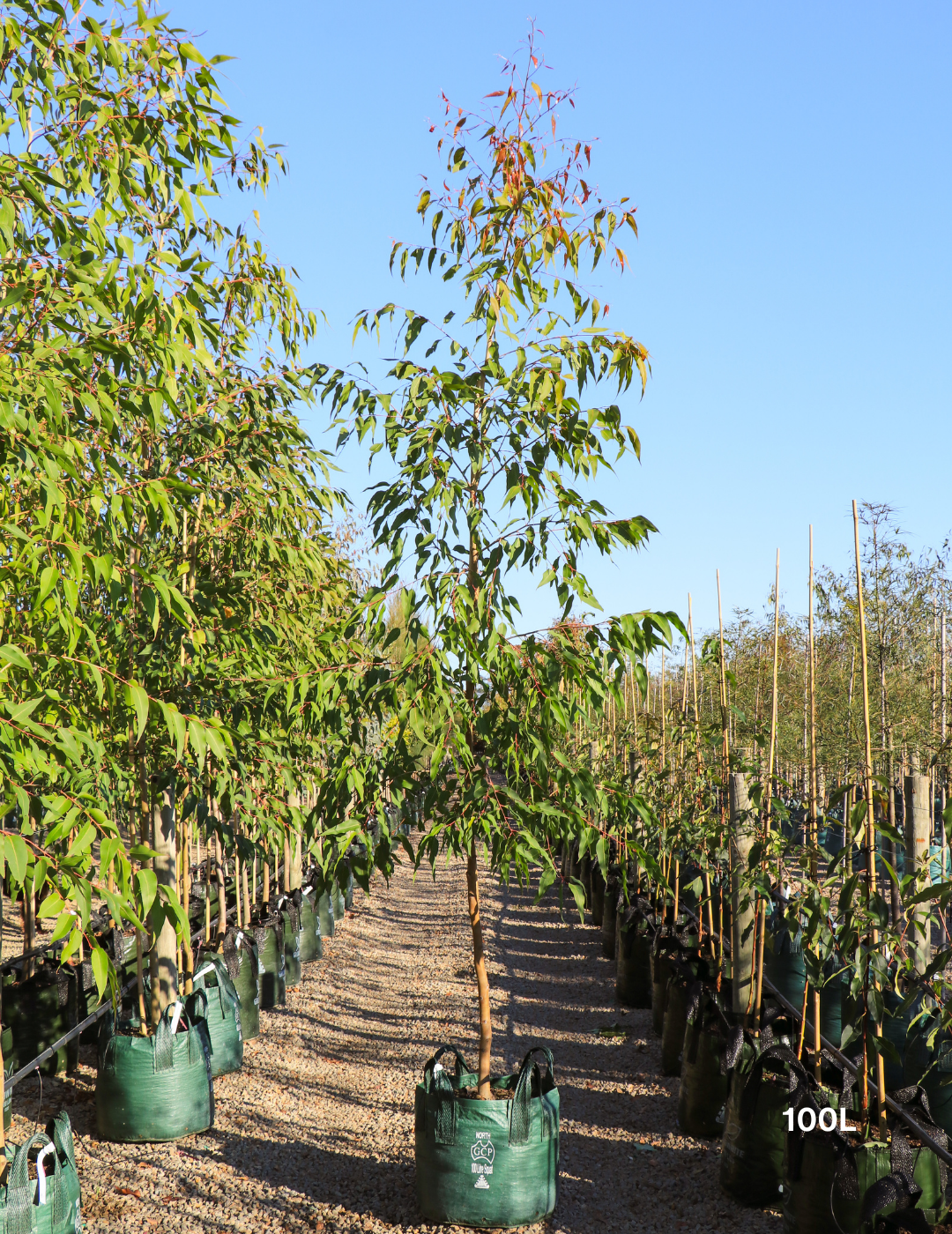
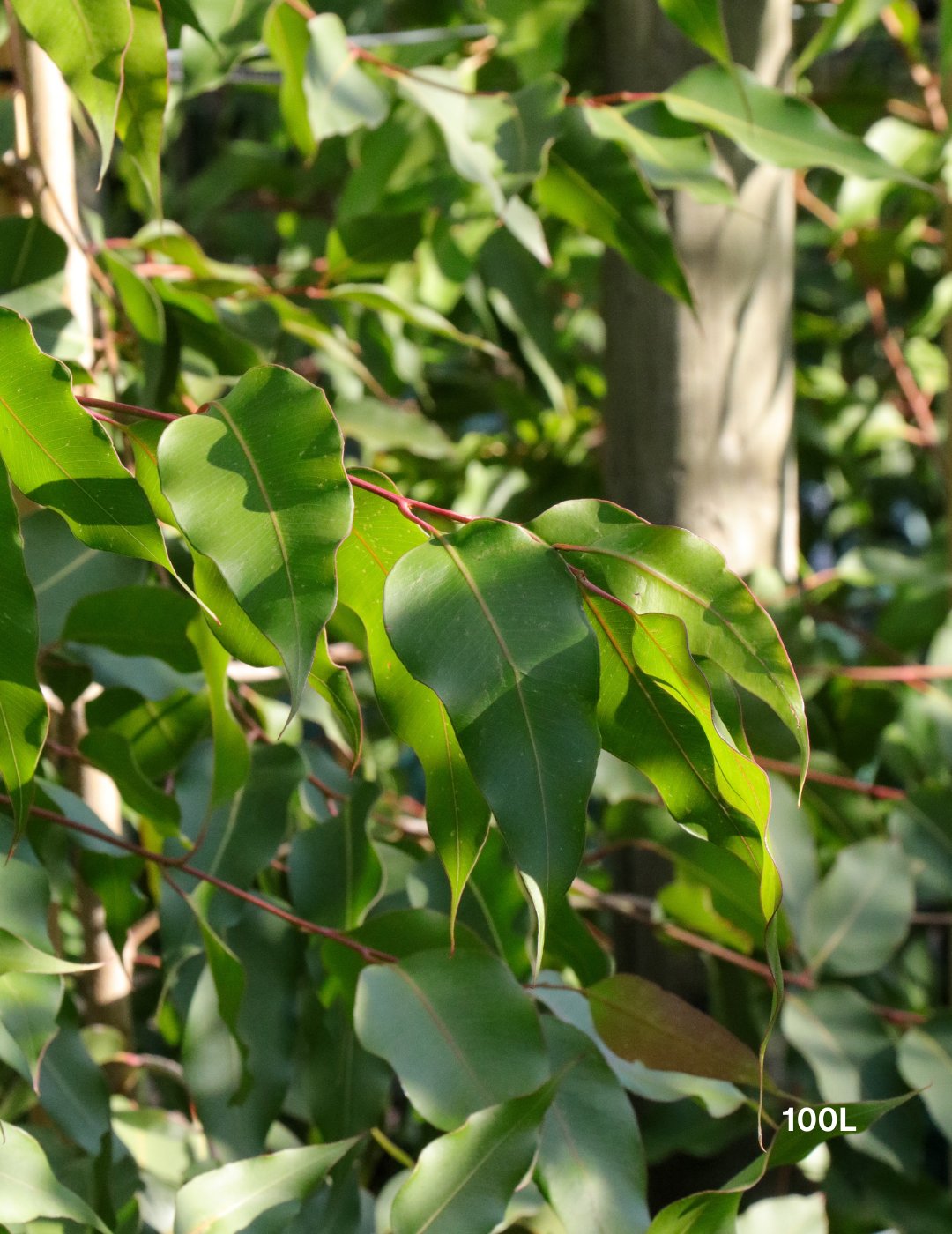
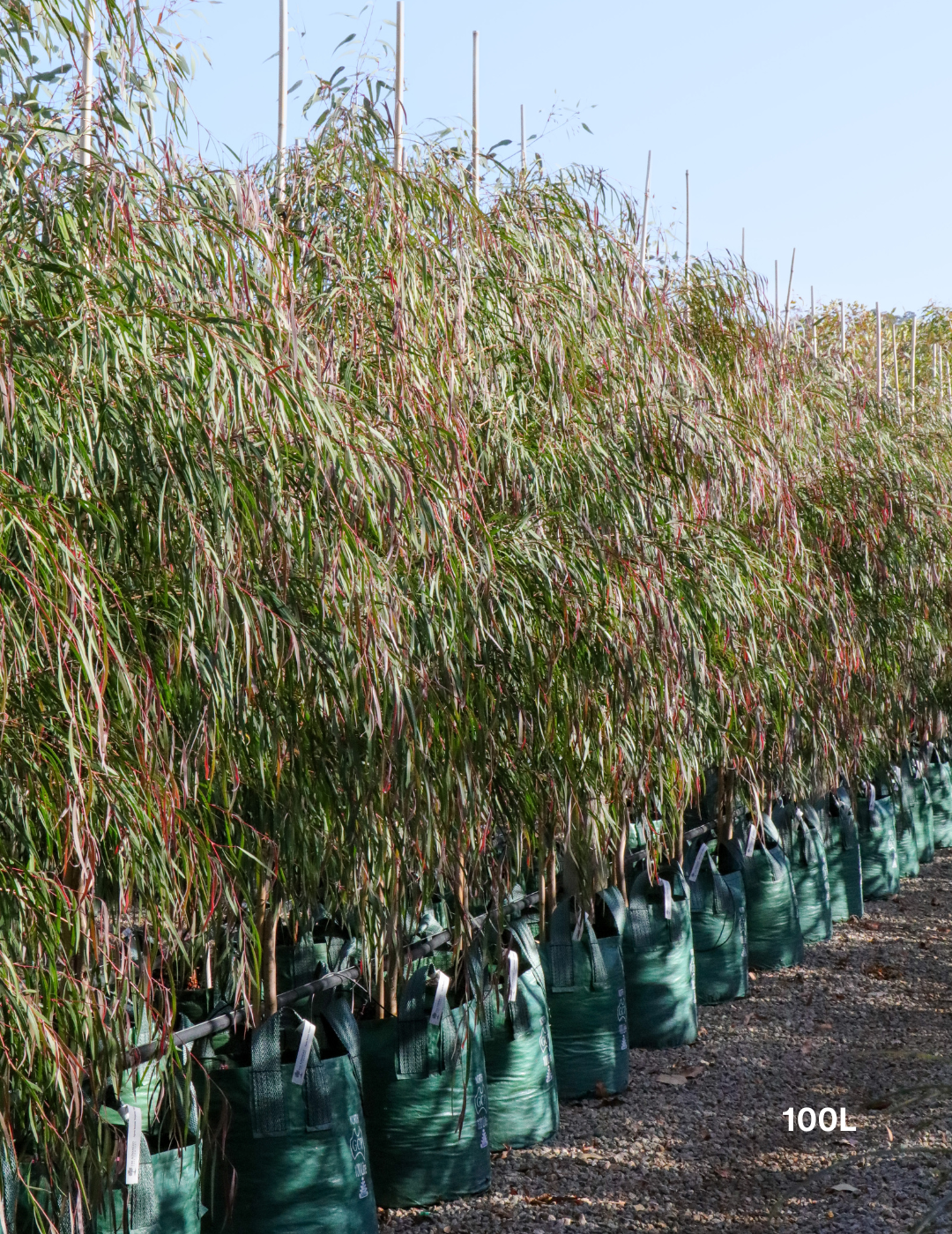
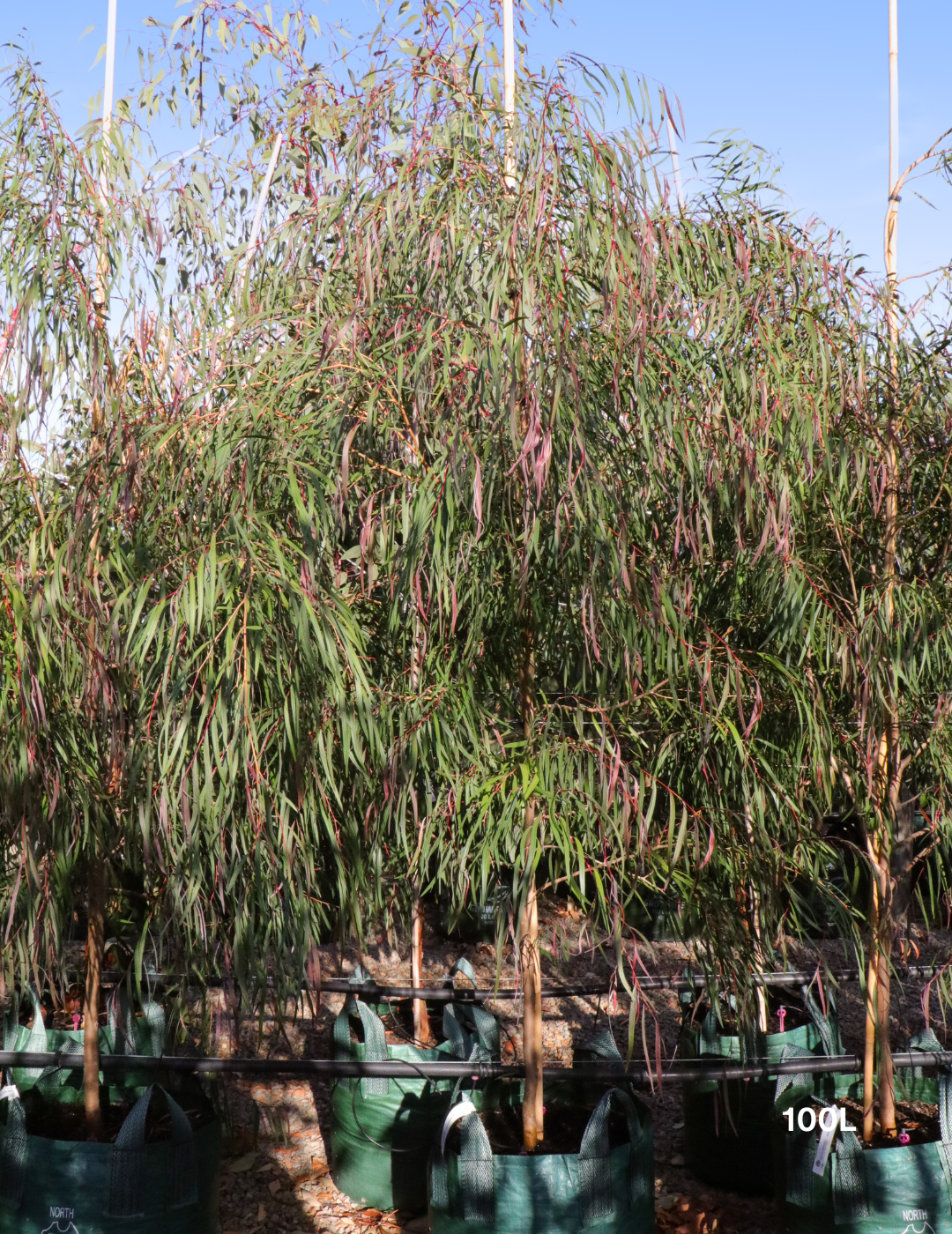
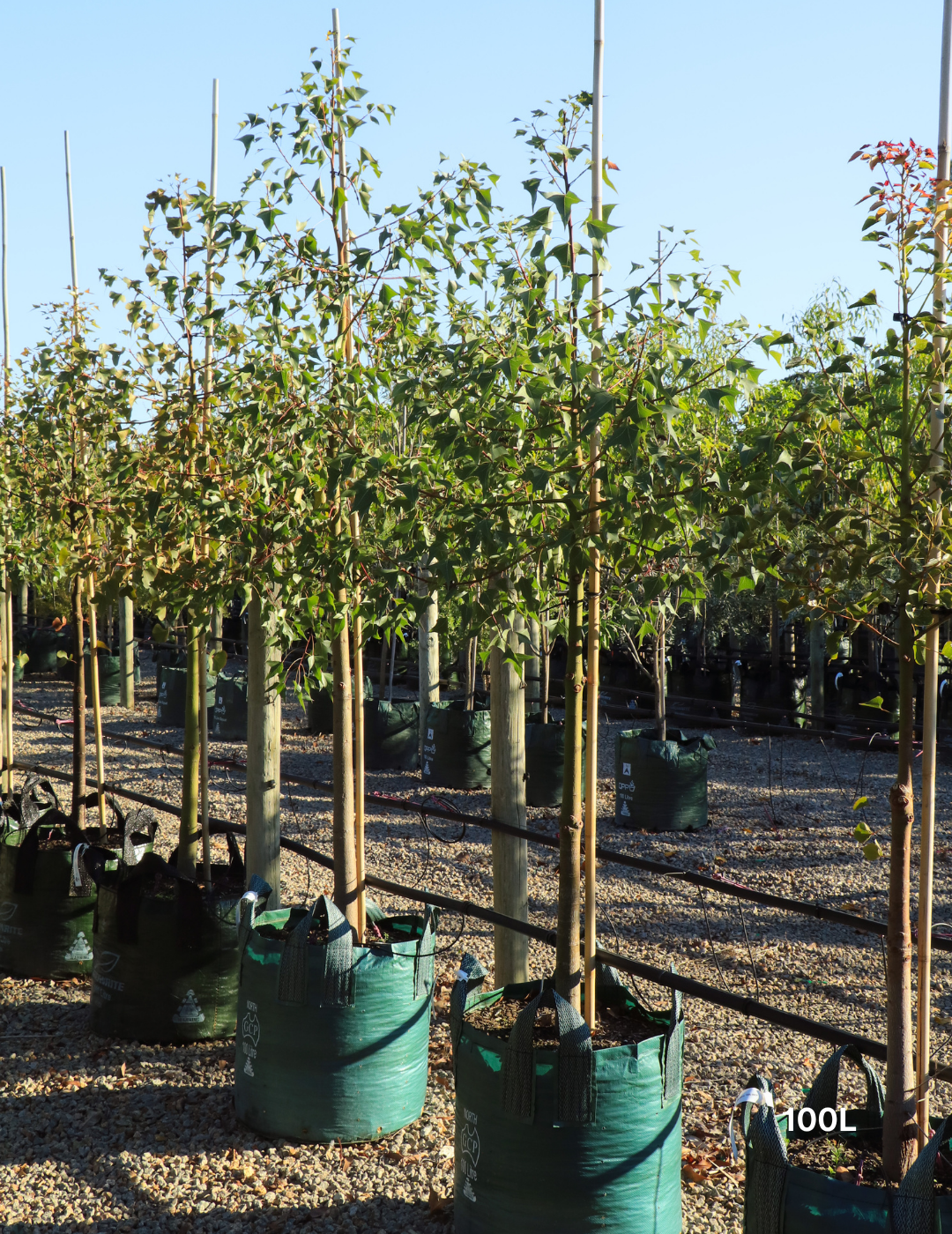
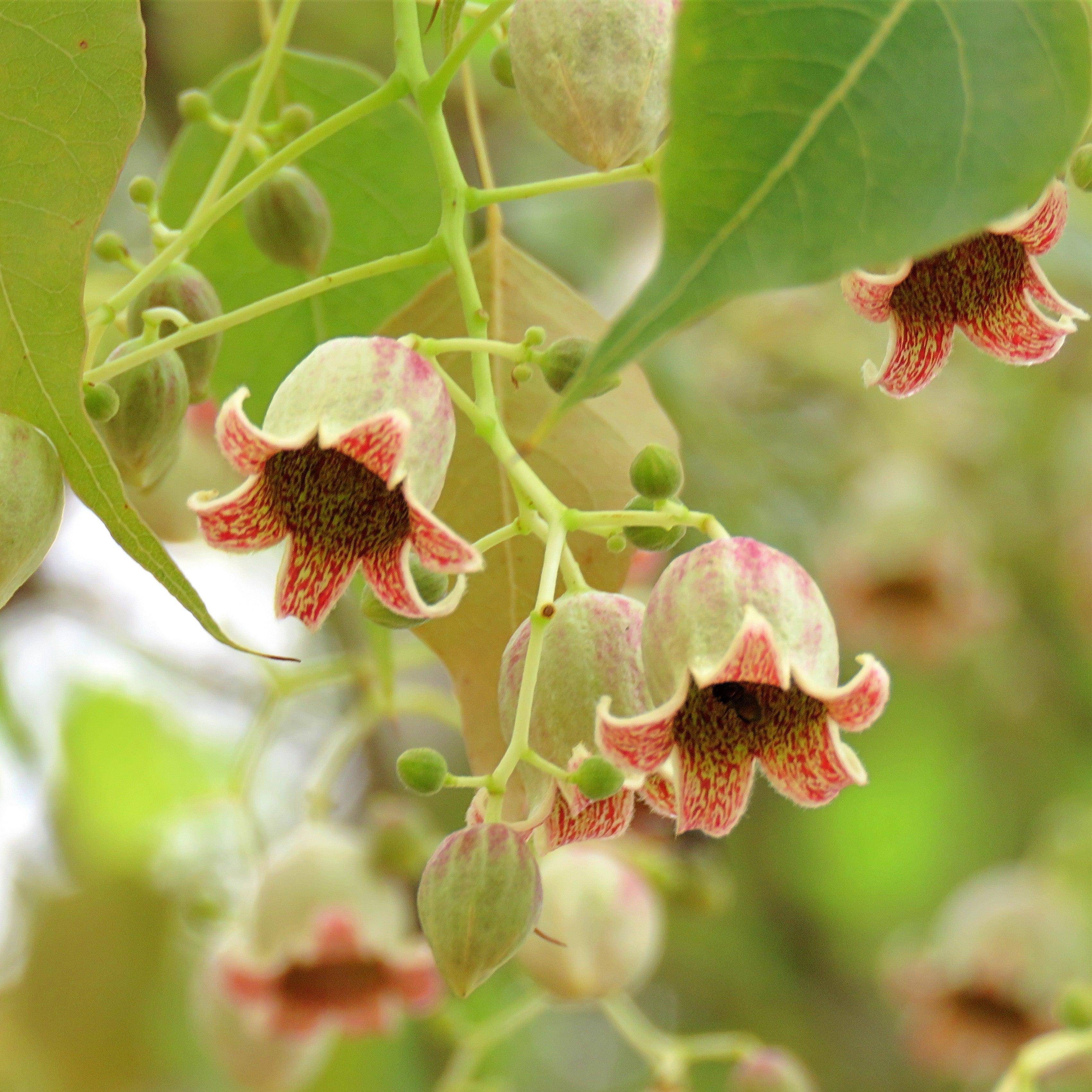
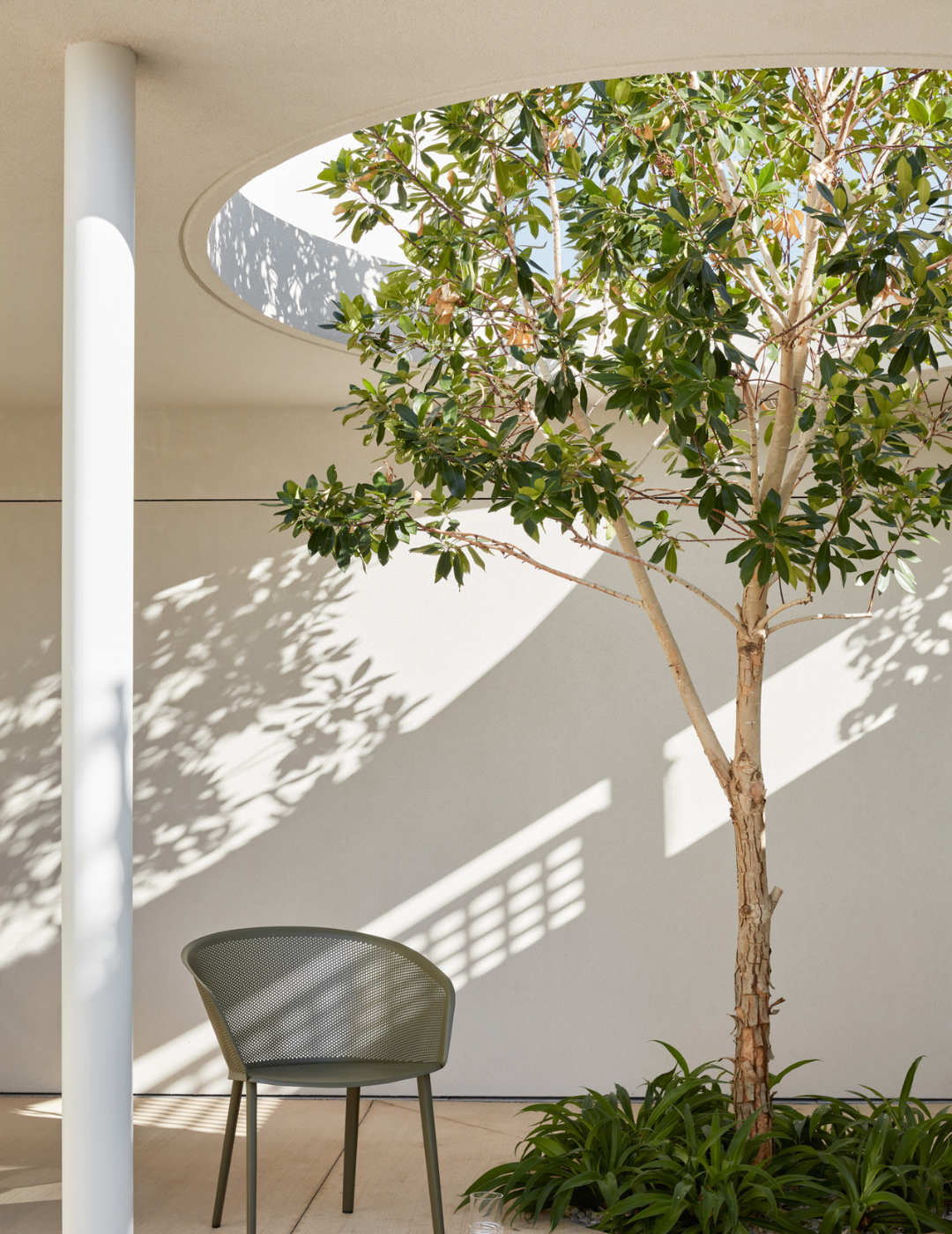
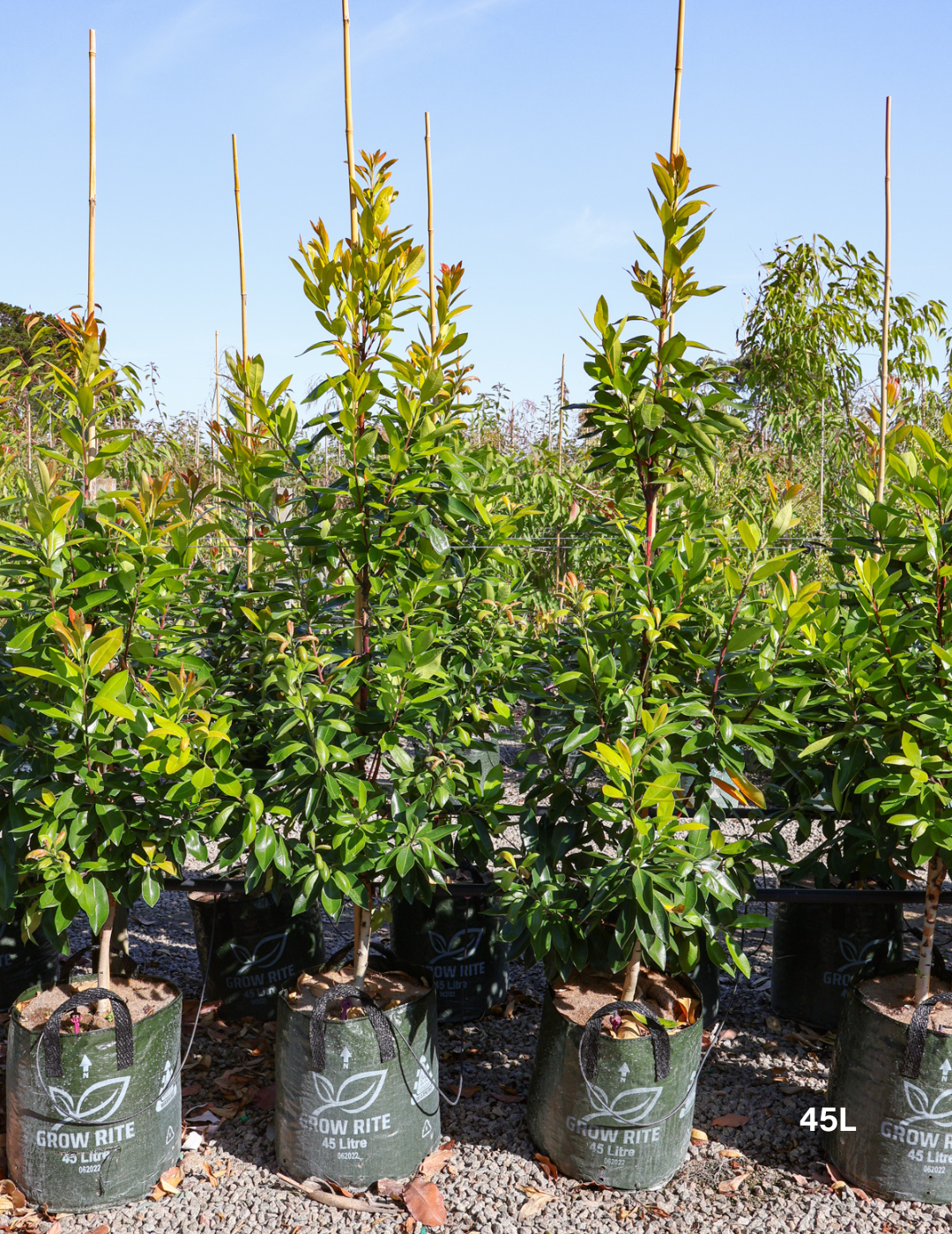
Leave a comment
This site is protected by hCaptcha and the hCaptcha Privacy Policy and Terms of Service apply.